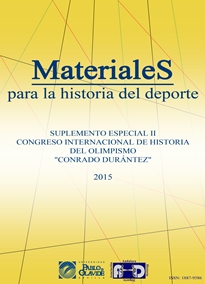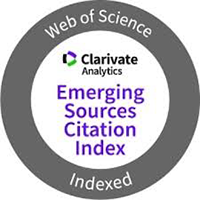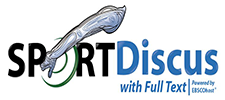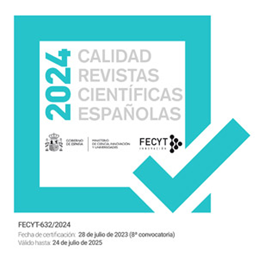Un ideal masculino: el atleta olímpico
Parole chiave:
imagen, masculinidad, atleta.Abstract
En el presente texto se pretende una aproximación al ideal masculino vinculado al deporte durante la época contemporánea, momento en el que se consolidan los Juegos Olímpicos. Nuestro propósito es analizar ese modelo y tratar de definir en qué medida las ideas políticas imperantes lo han influido, ya que entendemos el deporte y sus manifestaciones como parte de un todo social que se interrelaciona y donde, en muchas ocasiones podemos afirmar que será el deporte y sus grandes manifestaciones, el lugar privilegiado para llevar a cabo la afirmación de los valores imperantes. Para ello nos centraremos de modo especial es la estética totalitaria ya que ésta ha sido la que ha utilizado la imagen de la fuerza de un modo rotundo, tanto en la escultura como en la pintura y la arquitectura.
Downloads
Riferimenti bibliografici
Cirici, A. (1977). La estética del franquismo. Barcelona.
Clark, T. (2000). Arte y propaganda en el siglo XX. Madrid.
Mosse, G., La Révolution fasciste. Paris, Seuil.
Mosse, G., The Nationalization of the Masses. Political Symbolism and Mass Movements in Germany from the Napoleonic Wars through the Third Reich, New York, Howard Ferting, 1974.
Mosse, G. (1997). L'immagine dell'uomo. Turín.
Sklaroff, L.R., "Constructing G.I. Joe Louis: Cultural Solutions to the ‘Negro Problem’ during World War II," The Journal of American History, Vol. 89, No. 3 (Dec., 2002), pp. 958-983.
Dowloads
Pubblicato
Fascicolo
Sezione
Licenza
Aquellos autores/as que tengan publicaciones con esta revista, aceptan los términos siguientes:- Los autores/as conservarán sus derechos de autor y garantizarán a la revista el derecho de primera publicación de su obra, el cuál estará simultáneamente sujeto a la Licencia de reconocimiento de Creative Commons que permite a terceros compartir la obra siempre que se indique su autor y su primera publicación esta revista.
- Los autores/as podrán adoptar otros acuerdos de licencia no exclusiva de distribución de la versión de la obra publicada (p. ej.: depositarla en un archivo telemático institucional o publicarla en un volumen monográfico) siempre que se indique la publicación inicial en esta revista.
- Se permite y recomienda a los autores/as difundir su obra a través de Internet (p. ej.: en archivos telemáticos institucionales o en su página web) antes y durante el proceso de envío, lo cual puede producir intercambios interesantes y aumentar las citas de la obra publicada. (Véase El efecto del acceso abierto).













